The Lord of the Rings: Gollum
Extraits

Manga
Tales of the Wedding Rings Tome 5
04/2018

Policiers
Goebius' Strange Model
01/2020
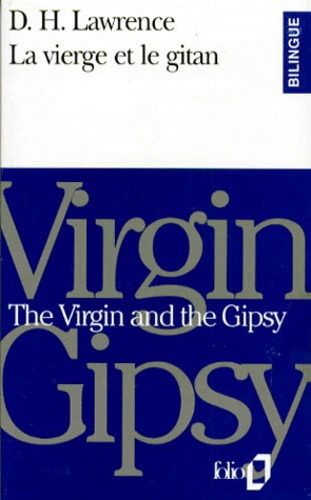
Anglais apprentissage
LA VIERGE ET LE GITAN : THE VIRGIN AND THE GIPSY
02/1993

Lecture 6-9 ans
L'énigme du sabre. Edition bilingue français-anglais
06/2018

Littérature française
Les inventeurs. Essai
02/2017

Seinen/Homme
Shadow of the Ring Tome 2
11/2023

Seinen/Homme
Shadow of the Ring Tome 3
03/2024

Sciences politiques
The Structure of Political Communication in the United Kingdom, the United States and the Federal Republic of Germany
11/1987
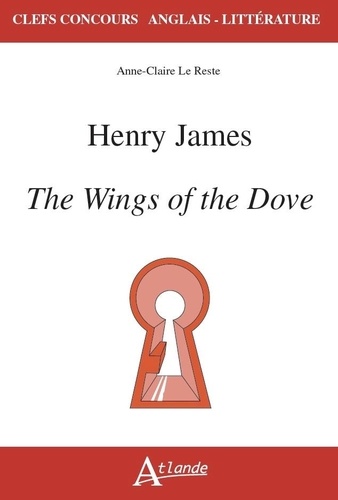
Divers
The Wings of the Dove. Henry James, Edition 2021-2022
02/2021

Histoire internationale
After The Last Ship
04/2014
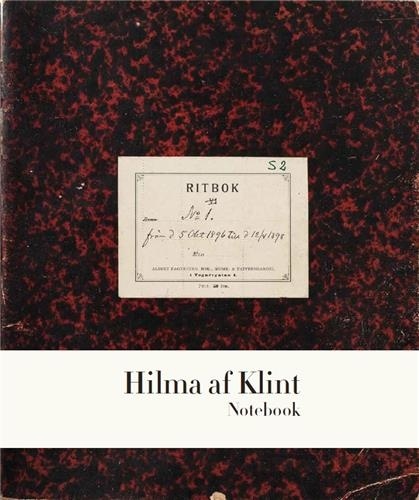
Monographies
Hilma af Klint. The Five Notebook 1
01/2022

Histoire et Philosophiesophie
The Undergrowth of Science. Delusion, self-deception and human frailty
01/2000

Musique, danse
Lady sings the blues
01/2003
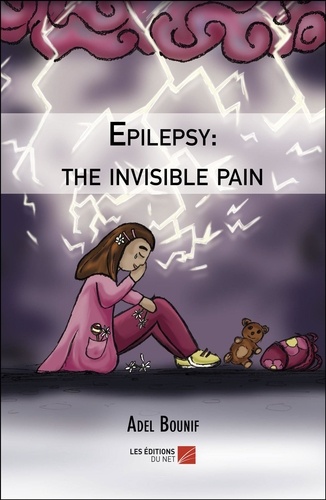
Poésie
Epilepsy: the invisible pain
01/2019

Religion jeunesse
The beautiful dolls of Julia are getting married. Numéro 22
10/2018

Religion jeunesse
The beautiful dolls of Julia are celebrating the assumption of the blessed virgin Mary. Numéro 15
05/2019
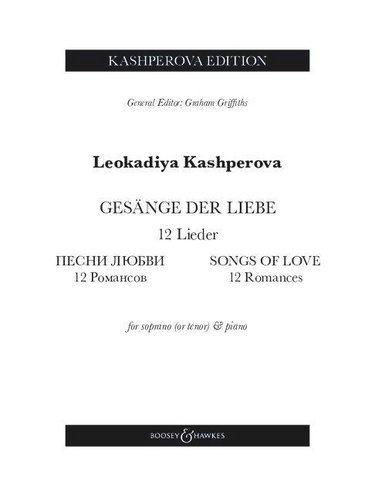
Musique classique
Songs of Love. 12 Romances. 12 Lieder. Soprano (tenor) and piano.
12/2023

Tourisme étranger
Moroccan tracks Volume 11. The sagho djebel
08/2022

Non classé
The Concept of Man in Igbo Myths
11/1999

Philosophie
«Phädon», or «On the Immortality of the Soul»
12/2006

Histoire et Philosophiesophie
Thinking about Physics
01/2000
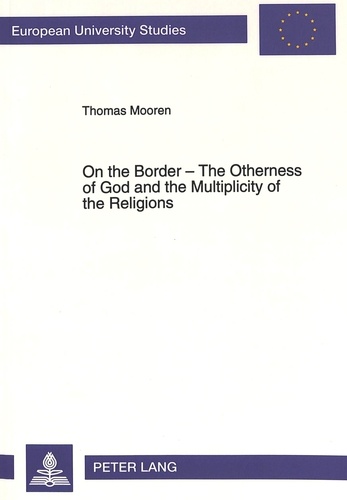
Histoire internationale
On the Border - The Otherness of God and the Multiplicity of the Religions
01/1994
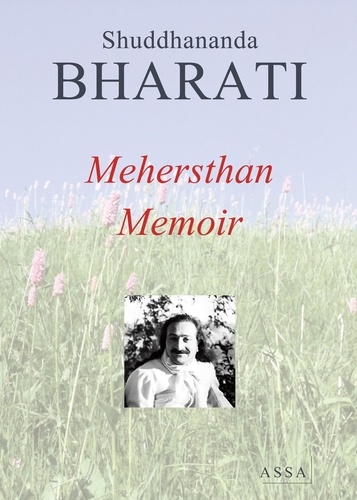
Littérature française
Mehersthan Memoir (Meher Baba)
07/2017

Théâtre
Arrival of Mira, Love story between Bhojan and Mira
03/2013
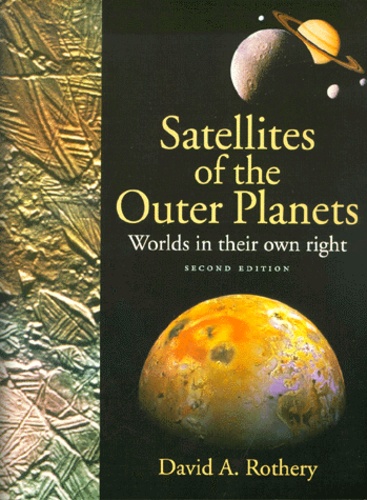
Sciences de la terre et de la
SATELLITES OF THE OUTER PLANETS. Worlds in their own right, Second Edition
01/1999
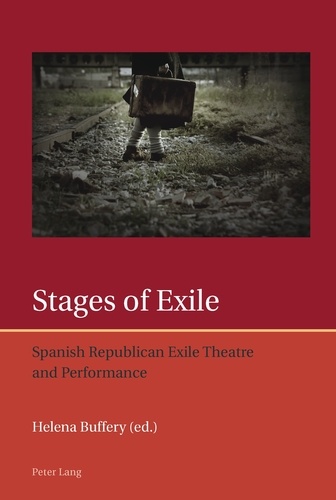
Non classé
Stages of Exile
09/2011

Non classé
The Search for Lyonnesse
07/1999
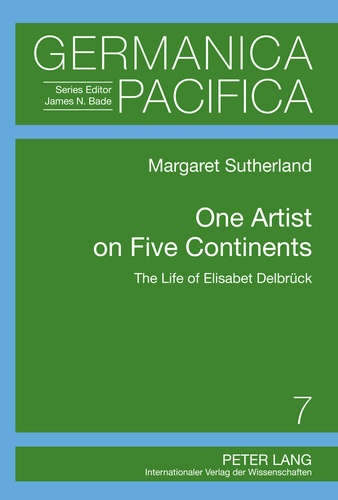
Histoire internationale
One Artist on Five Continents
12/2011

12 ans et +
Les 8 royaumes mortels Tome 1 : La cité de Pierre-de-Vie
06/2019

Non classé
Ruling Class Men
02/2007


